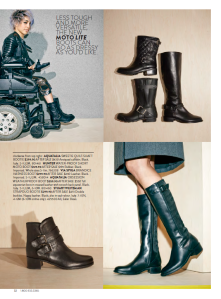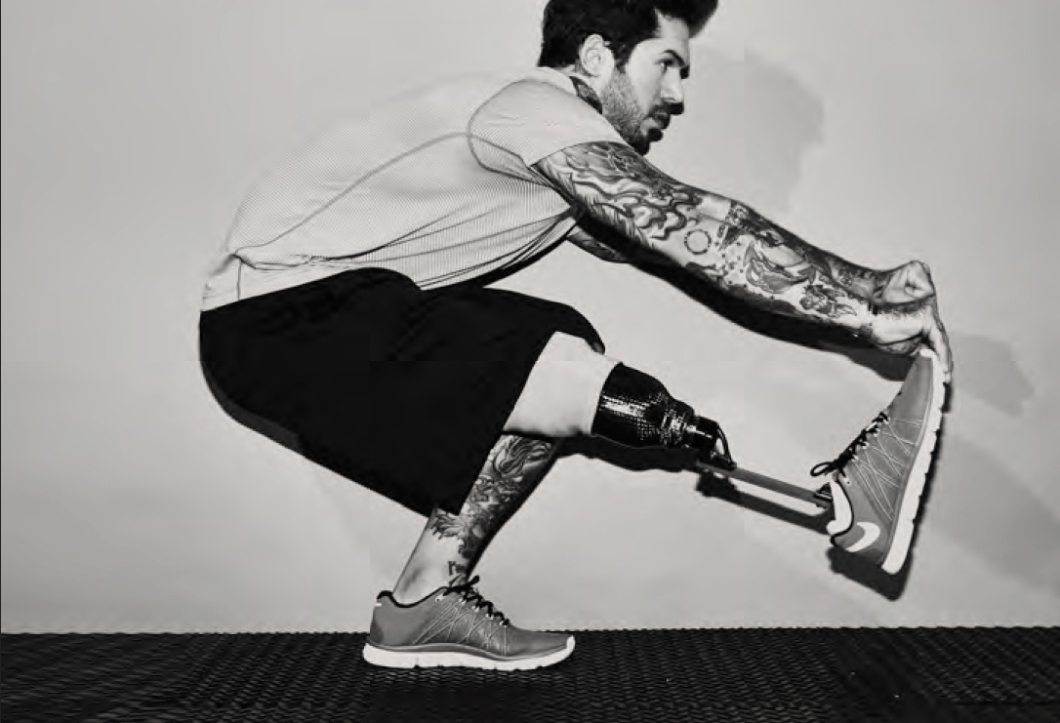Nordstrom Catalog Acknowledges That People With Disabilities Like Fashion Too
 Back in 1997, the high-end department store’s catalog began including models in wheelchairs, amputees, people with Down syndrome, and others, right alongside the models one might normally expect to see sporting $450 boots and carrying $418 handbags.
Back in 1997, the high-end department store’s catalog began including models in wheelchairs, amputees, people with Down syndrome, and others, right alongside the models one might normally expect to see sporting $450 boots and carrying $418 handbags.
Additionally, the models’ disabilities are not mentioned in the catalog copy, and the clothing has not been modified.
“We serve diverse customers and it’s an opportunity for them to see themselves when they’re looking through the book or online,” says a rep for the company. “We don’t promote it or go out and talk about it. We just think they look great.”
“Identifying companies that utilize models or actresses with disabilities has been like finding a needle in a haystack,” Meg O’Connell, a partner at the consulting firm Global Disability Inclusion, tells the AP.
 In addition to the Nordstrom catalogs, she points to recent ads from Swiffer, Duracell, H&M, and Diesel that featured people with disabilities.
In addition to the Nordstrom catalogs, she points to recent ads from Swiffer, Duracell, H&M, and Diesel that featured people with disabilities.
There is a mountain of money to be made by marketing to disabled Americans, and O’Connell says that “companies that understand this will have an advantage.”
Want more consumer news? Visit our parent organization, Consumer Reports, for the latest on scams, recalls, and other consumer issues.


